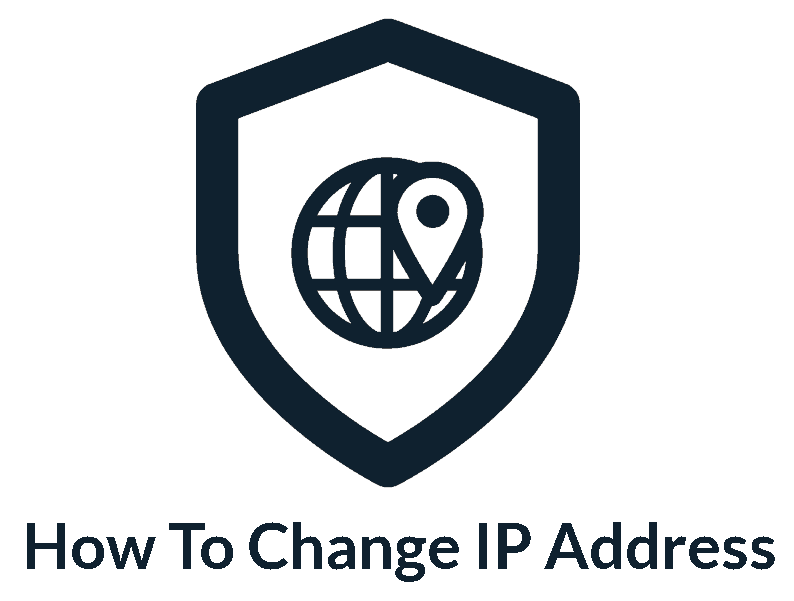Privacy Canada is community-supported. We may earn a commission when make a purchase through one of our links. Learn more.
Guide to IPv6 vs. IPv4: Basic Comparison
Unless you’re a techno-geek, you probably didn’t celebrate June 8, 2011. That auspicious date was World IPv6 Day. It probably wasn’t marked in red on your calendar, and you probably didn’t even know it was happening.
Most people don’t know what IPv6 is or even what its predecessor, IPv4, is. The reality is that both of these things affect everyone’s lives because they are a large part of what makes the Internet functional.
What Is IPv4?
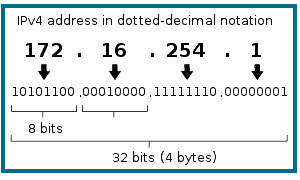
Internet Protocol version 4, or IPv4 as it’s commonly called, is the technology that enables devices to connect to the Internet. This fourth version of Internet Protocol has been around since 1983, and it’s served us well. IPv4 is still operational and continues to power the majority of the Internet.
It does this through the IP address, that every Internet-connected device has. Desktops, laptops, tablets, smartphones, game consoles, refrigerators, and other digital accessories all may be assigned IP addresses. Whenever that Internet-connected device goes out onto the web to look for something, it connects with another device that has an IP address.
IP addresses are how people can get to where they want to go online.
32-Bit Addresses
Every IPv4-enabled device has a 32-bit IP address. A typical example might look like 191.148.205.315 or 99.48.227.227. This system contains about 4.3 million addresses.
That seems like a considerable number, and it is.
Nonetheless, IPv4 is running out of available addresses.
This shortage is partially attributable to the fact that such an incredible number of devices now have a connection to the Internet. Every household with a broadband subscription, every smartphone, and every computer needs an IP address. More significant appliances and cars are now Internet-capable.
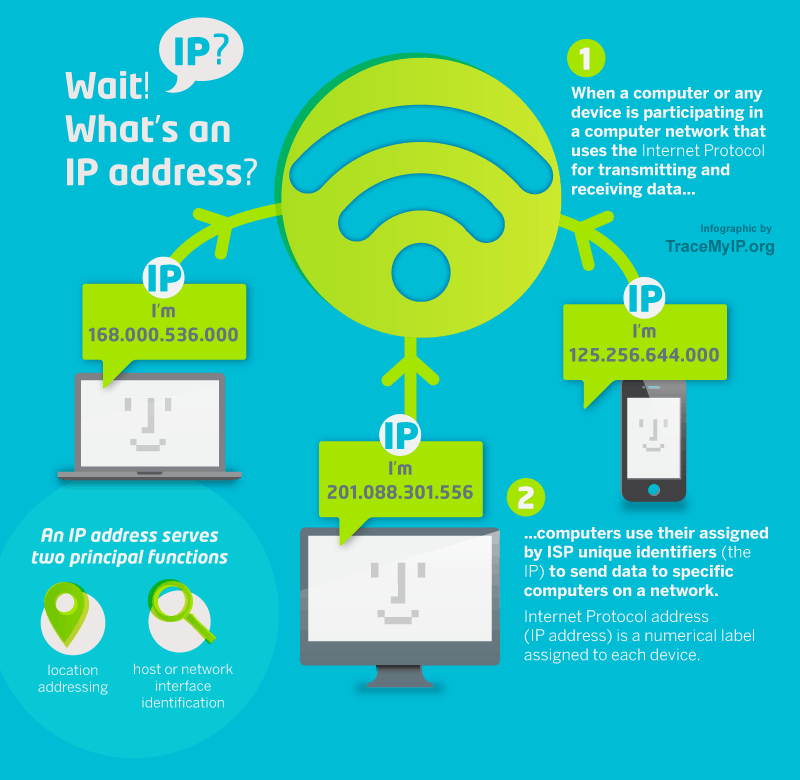
That isn’t the only factor that accounts for the shortage of IPv4 addresses. Many companies own thousands or even millions of IPv4 addresses. In the 1980s, there was a widespread practice of assigning millions of IP addresses to large organizations.
Frequently, they were allotted far more addresses than they could ever use.
The consequence is that there are millions of owned but unused IPv4 addresses out there that are going to waste. There has been a movement in recent years aimed at reclaiming these IP addresses, but the arrival of IPv6 makes this effort reasonably obsolete.
What Is IPv6?
Like IPv4, Internet Protocol version 6 has been around for several years. The work on creating it came to an end in 1998, but the switch from IPv4 to IPv6 has happened with glacial slowness. The official launch of IPv6 was in 2011 with World IPv6 Day. Since then, Internet authorities have been hard at work implementing the new system.

128-Bit IP Addresses
Whereas IPv4 used 32-bit IP addresses, the newer Internet Protocol uses 128-bit addresses. Instead of a measly 4.3 billion IP addresses, IPv6 offers 3.4 X 10 to the 38th power or 340 undecillion addresses.
That’s an enormous number. A common 128-bit IP address might look something like this:
2001:0db8:85a3:0000:0000:8a2e:0370:7334
That is a far longer and more complex address than we had under the IPv4 system. This complexity not only means that we won’t run out of IP addresses anytime soon but also that each device now has the potential to have a unique IP address.
A Unique IP Address for Every Device
Under the IPv4 system, not every Internet-connected device had a unique address. Instead, routers were assigned a single address. Individual devices that have a connection to the Internet through these routers did not necessarily have a unique IP address. The router receives data requests, which are then sent on to the recipient IP address from there.
That seems like it shouldn’t work.
After all, if your home address is identical to someone else’s home address, wouldn’t you always end up with their mail and vice versa?
The system worked because of something called Network Address Translation,or NAT.
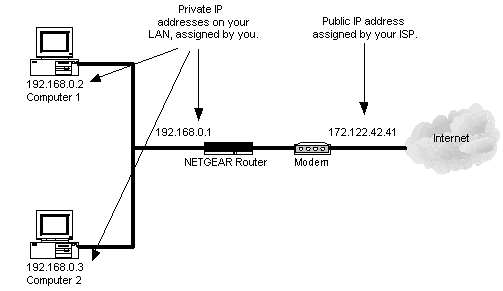
NAT has been useful as it makes it possible for a network device like a firewall to assign a public address to a computer or even a whole group of them that operate inside a private network. NAT has been used by organizations to limit how many open IP addresses are in function.
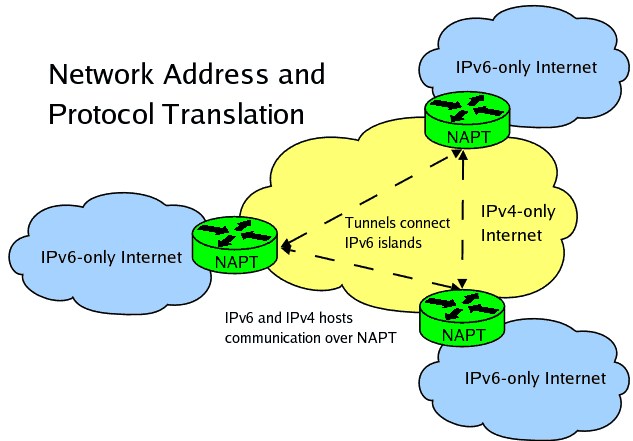
This type of usage is important from the standpoint of economy and security. The upshot is that NAT functions as an agent between the public Internet and a private network.
You’re probably using it right now.
Unfortunately, NAT has drawbacks. It doesn’t provide any additional security, and it may even render some protocols incapable of protecting certain devices. NAT also must use some of your device’s resources to function, which could be a detriment.
With IPv6, there’s no need for NAT, because there are so many IP addresses that are available under IPv6. Systems that are operating with IPv6 can have a unique IP address for every device, so there is no need to work through a router.
Other Advantages of IPv6
IPv6 is more efficient than IPv4. Data packet headers are simplified, and routing functionality is far more streamlined. There is more support for peer-to-peer networking as well. Take a look at our picks for the best torrenting sites in Canada.

However, most rank-and-file Internet users are not going to see a tremendous leap ahead in functionality with the switch to IPv6. That’s because most of the changes are taking place behind the scenes and slowly.
Remember, most of the Internet still functions on the IPv4 system. The change to IPv6 is incremental. As more devices and more of the Internet makes the switch to the new protocol, you’ll see a more efficient transfer of data, though this will happen gradually.
Where IPv6 Stands Now
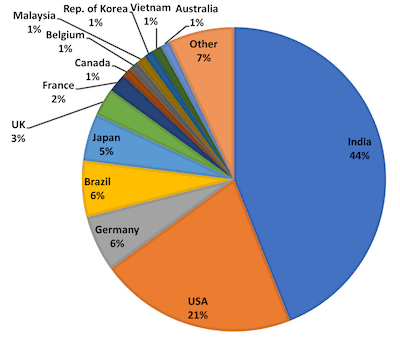
You might expect a technology that was finalized in 1998 to be obsolete by now, but the reality with IPv6 is that it’s just getting started. Only a minuscule portion of the Internet has gone through the conversion to IPv6 functionality.
As of May 2017, there were only 37 countries around the world that had more than five percent of their web traffic going through IPv6. Seven states had 15 percent of their web traffic sent via IPv6.
If IPv6 represents a technological leap forward, why isn’t it more widely implemented? The short answer is that doing so costs a great deal of money.
New hardware and server software are required to make the conversion.
It’s also worth noting that there is no backward compatibility with IPv4. A website that wants to welcome people using either IPv4 or IPv6 is required to have two versions, one for each protocol.
Nonetheless, IPv6 is gaining in popularity. The majority of new routers and operating systems that are available today offer support and compatibility for IPv6. Some of the most popular and widely used Internet Service Providers similarly are deploying some range of IPv6 functionality.
Making the Switch
Is it time for you to start using IPv6?
It may be that you already are, though this is relatively unlikely. If your ISP is offering IPv6, then it’s a good idea to use it.
If you’re not sure whether or not you are already using IPv6, you can visit www.test-ipv6.com to find out. Those who are currently using IPv4 will see a screen that looks like this:
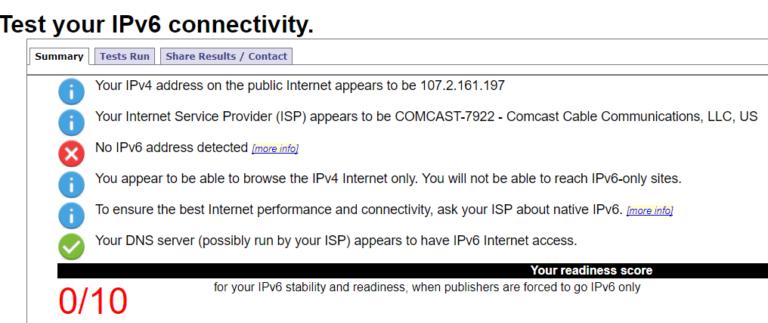
If you see this screen and want to try turning on IPv6 capabilities, then your ability to do so will depend both on your router and your ISP.
In your favorite search engine, enter the keywords “[manufacturer of router] ipv6 [your ISP].” It also may be advisable to upgrade to DD-WRT for your router’s firmware. This change should make the transition less complicated.
Accessing IPv6 Websites
You can access IPv6 websites through two different mechanisms. The first of these is a transition mechanism. Currently, the most popular of these is 6to4. This technology encloses IPv6 data with IPv4 communications so that you can see the newer versions of websites with the older protocol.
The other mechanism involves a native connection. This type of connection allows you to bypass the transition so that you can make the full switch over to IPv6. Choose native IPv6 if your router gives you this option. Learn how to install VPN on your router and enhance your security.
Using VPNs with IPv6
Many VPNs are not yet prepared to handle IPv6 traffic. This shortcoming means that there is a danger that any IPv6 traffic will be routed through your ISP instead of your VPN, leaving you exposed. If you’ve ever heard of an IPv6 leak, this was the object of discussion.

Before you choose a VPN, make sure that you read VPN reviews to see which providers are offering IPv6 leak protection as well as those that are providing support for IPv6 traffic. A few of Privacy Canada’s top picks which have IPv6 leak protection are Surfshark and NordVPN.
Alternatively, some of the best VPN services may recommend that you not use IPv6 if you want to be fully protected and private. This request may be entirely reasonable, especially since IPv6 is not widely available right now. You can expect that more VPNs will become IPv6 compatible in the future.
Sources:





